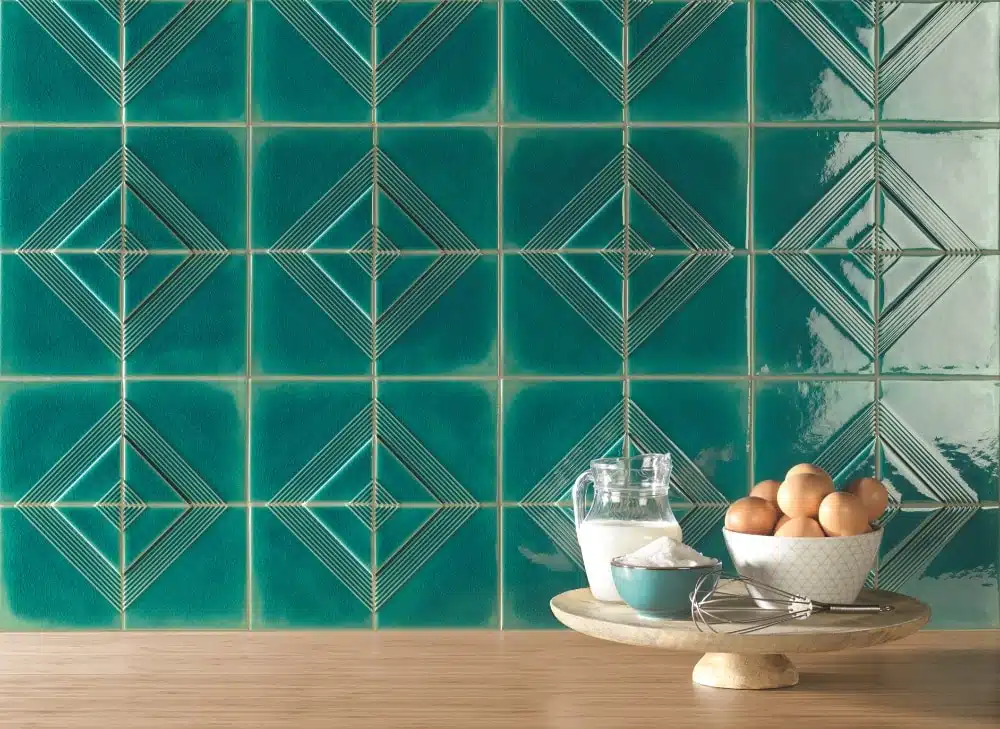Like many timeless materials, Terrazzo’s roots can be traced back many centuries. There seems to be some debate as to when Terrazzo gained popularity in Italy but the 15th century is a pretty safe bet as Michelangelo is thought to have used Terrazzo in St Peters Basilica. Traditionally used as a flooring material it does have design possibilities for furniture, accessories, and other products like sinks.
Terrazzo can be made with marble, granite, glass, mother of pearl, and other materials all mixed in a cement or resin binder. Cement is the more traditional binder but resin has become popular due to its strength and lighter weight. Still, there is a time and a place for both types of Terrazzo. The traditional method of pouring the terrazzo in place and then grinding to a shine is the most familiar installation method. This installation requires skilled artisans and can be out of budget for different types of projects. Pouring terrazzo into molds is becoming more and more popular as tiles and slabs can be manufactured from molded products. Molded products have the added benefit of being easier to install.
Terrazzo is a durable flooring material and very difficult to damage. Chips and fissures can occur but these are due to the substrate over the material itself. They can chip but they are also easily repaired. For Durability Terrazzo is unparalleled. It’s easy to clean and maintain.
Terrazzo is experiencing a resurgence in popularity and is being replicated in many different forms. Porcelain tile options are readily available if a true terrazzo does not meet your project needs.
For style, beauty, and opulence little can compare to Terrazzo. There are considerations which your C to C representative is able to guide you to the best possible solution.




